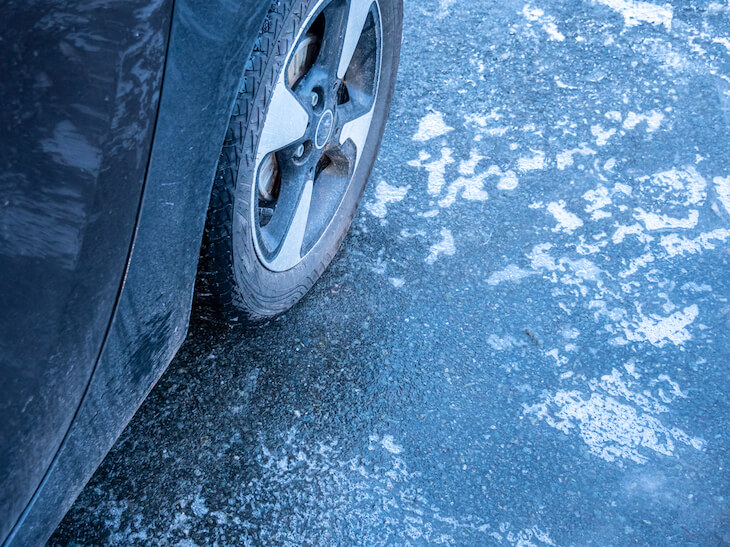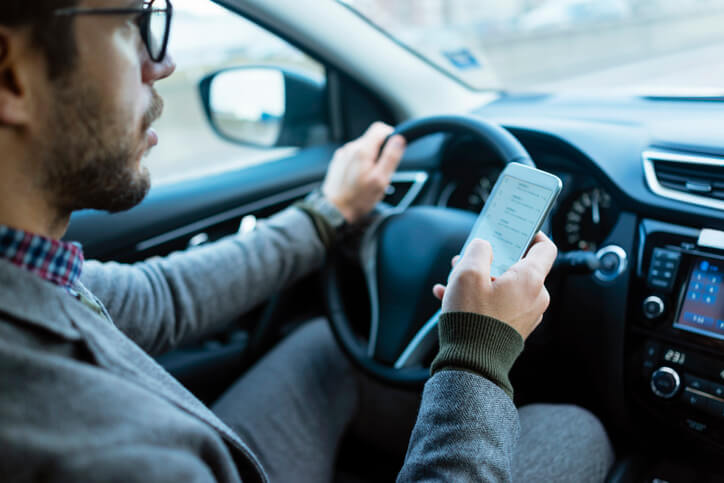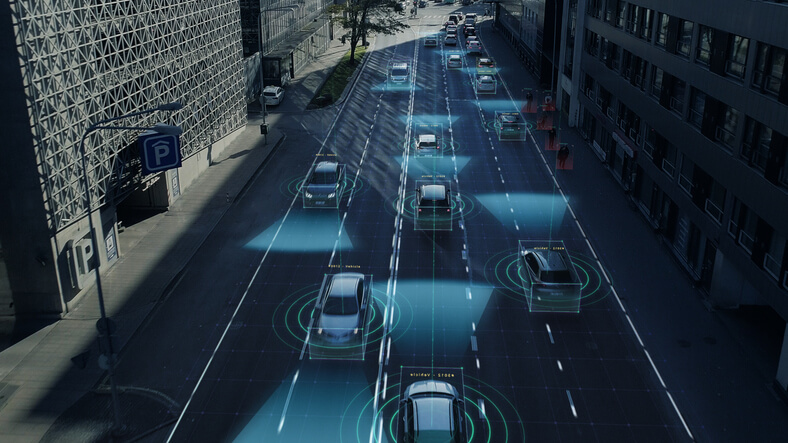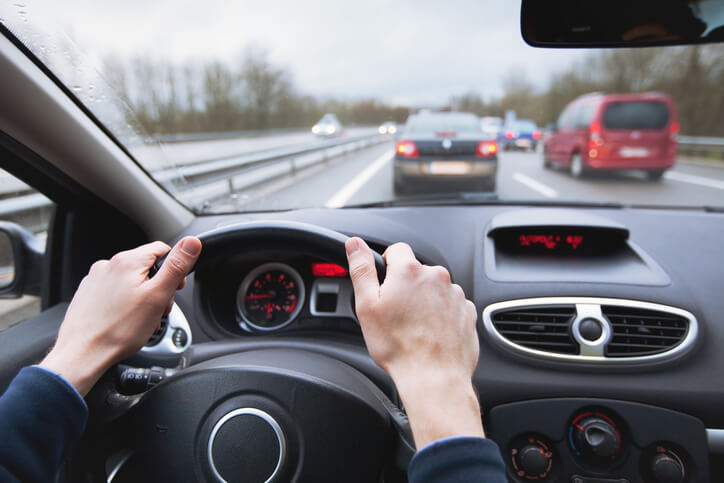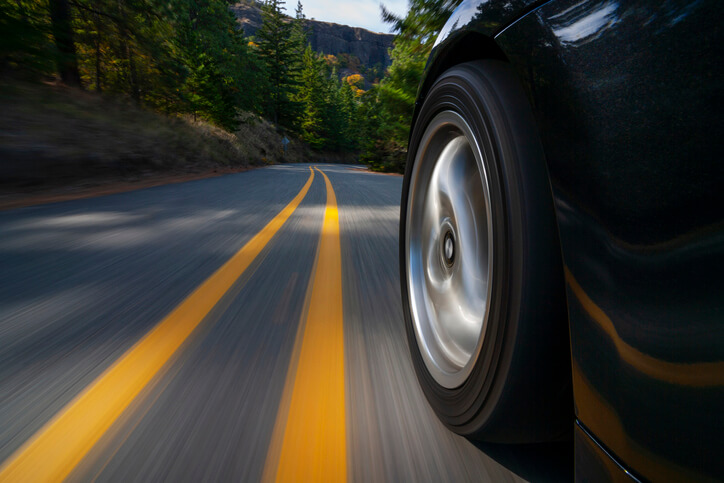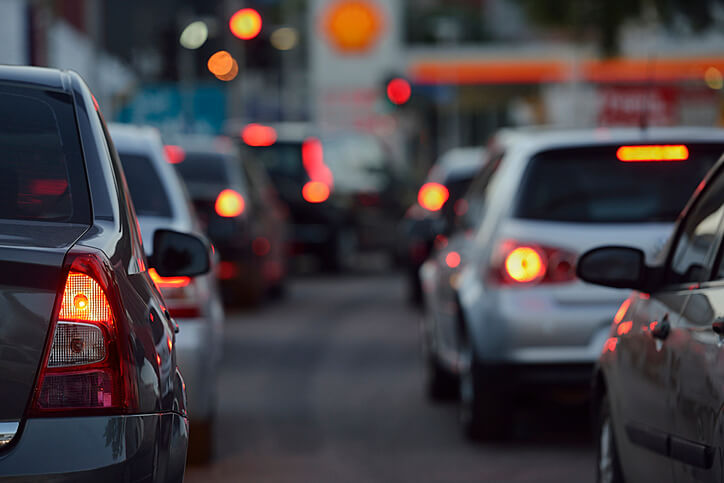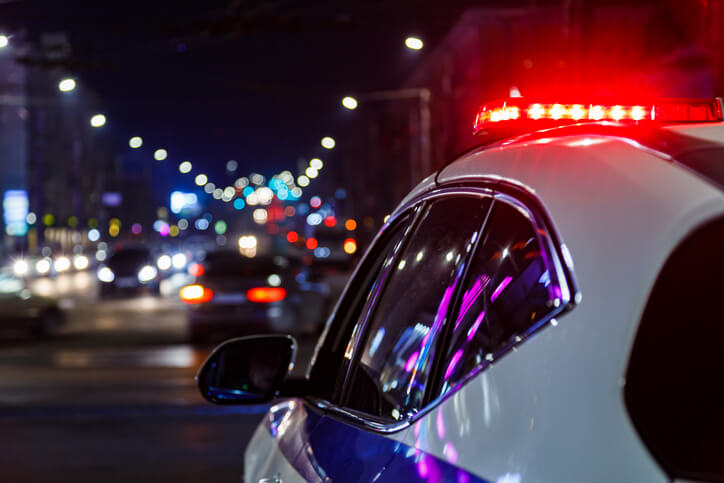Rideshare companies like Uber and Lyft are popular throughout South Carolina. They provide a convenient alternative to public transportation and taxis. However, rideshare drivers may put profits over safe driving practices, including driving while they are fatigued or drowsy. Our South Carolina personal injury lawyer discusses driving hour limits for Uber and Lyft drivers in this blog and what you should do if you are involved in a rideshare accident.
What Are the Driving Hour Limits for Uber and Lyft Drivers?
Both rideshare companies have instituted driving hour limits for their drivers. According to Lyft’s driving requirements, drivers must take an uninterrupted six-hour break every 12 hours they are in driver mode. The 12 hours do not have to be consecutive to require the six-hour break. The system prevents the driver from going back online to accept rides for six hours.
Uber introduced a similar driving hours limit in 2018. After spending 10 hours “on trip,” the app notifies the driver they must take a six-hour break. The driver must be offline for a full six hours before the “on-trip” time limit resets. During the six hours, the driver cannot receive new trip requests. The “on trip” timer resets whenever the driver takes a six-hour break.
The Dangers of Drowsy Driving in South Carolina
Being drowsy behind the wheel causes drivers to be less responsive to driving conditions. Therefore, the risk of crashing increases. Drowsiness can cause drivers to pay less attention to the road. It also impacts a driver’s capability to make good driving decisions and slows reaction time.
A CDC survey found that 1 in 25 adult drivers admitted to falling asleep while driving in the past 30 days. People at greater risk of drowsy driving include:
- Anyone who does not get enough sleep
- Teens and young adult drivers
- Individuals who work night or swing shifts
- People with untreated sleep disorders
- Commercial truck drivers
- Individuals who take medications that cause drowsiness
Rideshare drivers may be susceptible to drowsy driving if they drive long hours without breaks. Also, many rideshare drivers have full or part-time jobs other than driving for Lyft or Uber. Therefore, they may not sleep enough because they work two jobs.
What Should You Do if You Are Involved in a Rideshare Accident in South Carolina?
If you are involved in an Uber or Lyft accident, steps to take include:
- Seek emergency assistance by calling 911 to report the accident to the police and EMS
- Gather evidence by taking photographs and making a video of the accident scene
- Talk with witnesses to get their names and contact information
- Do not discuss the circumstances of the accident with anyone at the accident scene other than a police officer
- Do not admit fault for the cause of the crash or imply you could be partially to blame
- Report the accident to Uber or Lyft through the app
- Seek immediate medical treatment for your injuries
Consult a South Carolina rideshare accident attorney as soon as possible. Rideshare accidents can be complicated and involve multiple parties and insurance companies. You may have multiple claims for injuries and damages from an Uber or Lyft accident.
Contact Us for a Free Consultation With a South Carolina Personal Injury Attorney
Uber and Lyft accidents can be complicated car accident cases. Our South Carolina personal injury attorneys at Willcox, Buyck & Williams, P.A. have experience handling these types of cases. Call now for a free case evaluation from an experienced car accident lawyer.


